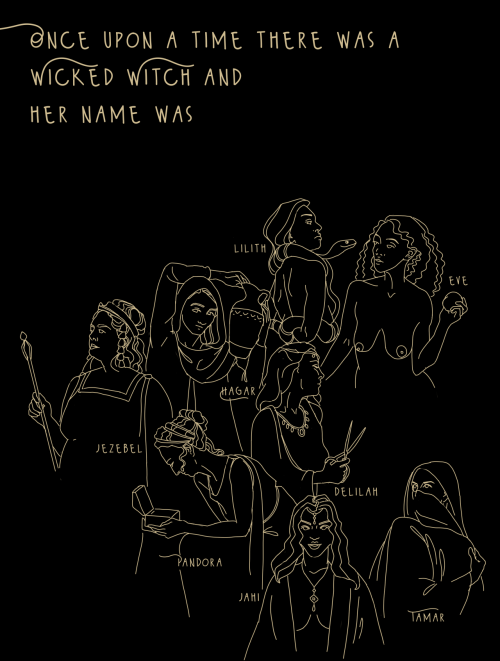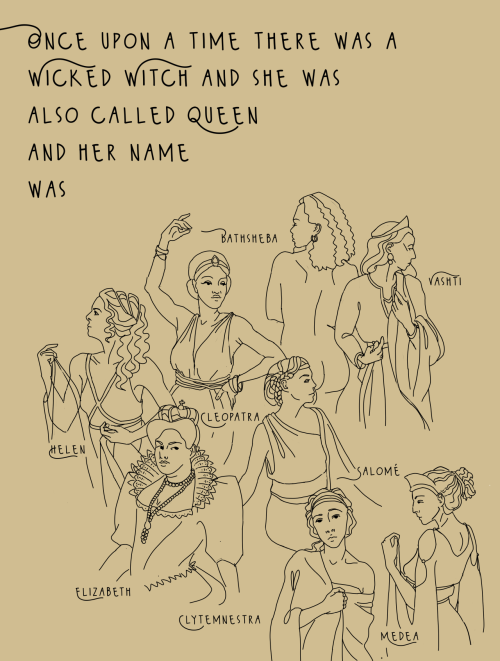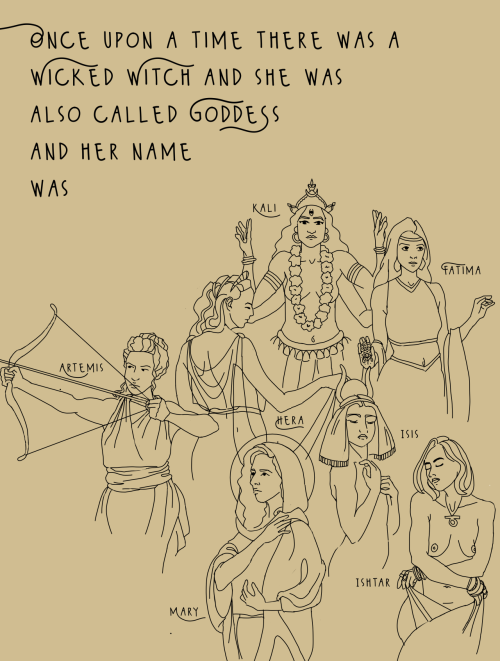Who Is This Headache Saint Can You Explain?? I Can’t Seem To Find Much On Google
who is this headache saint can you explain?? i can’t seem to find much on google
understandable! not only are there many saints acacius but there are many names this particular saint is referred to by (achatius, agathius... etc.)! there’s a great disambiguation here (see acacius of byzantium)
More Posts from Kritastrophe and Others
click for more.
sideblogs
@doeeyedingenue: inspiration & reference
@kuratoris: (mostly digital) art i admire
@clytemnestraofficial: graphics/fonts/design
all my art
original art
religious art
illustrated poems
fanart/commissions
since many have strong feelings regarding this illustration:
This is not a literal statement. This is a poem from Woman Hating by Andrea Dworkin. It is meant (as I interpret it) to draw attention to patterns in the way women are portrayed in legends, histories, folktales, religions. "Well Jezebel was actually evil!!" is missing the point. Is there a similarity between Pandora and Eve? Is it relevant that the ascent and downfall of Bathsheba and Vashti respectively pivoted on a king's gaze? The women who appear in Arthurian legend are mostly seductresses who create obstacles for the heroes - does this call Circe to mind? Is there a reason why the primary aspect of many female religious figures is their virginity, or motherhood, or both? Are there common ways these women obtain and wield power in their narratives? What attributes make them famous or infamous?
The poem does not say "all these women were reviled as witches". It asks you to think about who authored, recorded, and taught the stories they come from. That is a valuable thing to do with any story, whether or not you agree with Andrea's poem or with her feminism.




and they had this in common: that they were feared, hated, desired, and worshiped - woman hating, a.d.

inspired by Evelyn De Morgan's Angel of Death references Senshi Stock featured in Oh, Raven on Ao3
HOWEVER despite checking out a bunch of books on the internet archive, I was unable to find a reliable source confirming the existence of Fatima as a cultural figure before 600 B.C. If anyone is still in uni and can find something on JSTOR I’d love to check it out.
I still chose to depict her this way, firstly because I think it’s interesting that attributes of the Moon Goddess as an archetype are preserved across cultures and time periods even as her name changes (Ishtar, Astarte, etc.). I also felt drawing Muhammad’s daughter would run counter to the generally aniconic tradition of Islam. Maybe that’s an odd thing to say, since this is a quote by a radical feminist author and the poem itself is explicitly critical of religion and religious traditions. But I think criticizing institutions and treating individuals with respect and courtesy can exist simultaneously.
Anyway, because of my foggy sourcing, the iconography is not obvious, but the figure’s palm is extended in an allusion to the ‘Hand of Fatima’. I’m unsure (I’m this a lot) about when exactly the hamsa symbol and Fatima as a cultural figure became connected… but to be fair to me, I think many historians are also unsure.
yo quick question what mythology is Fatima from in your art
The incarnation I was going for with my depiction was Pre-Islamic Arabian moon goddess
-
 casmybelovedass liked this · 4 years ago
casmybelovedass liked this · 4 years ago -
 casmybelovedass reblogged this · 4 years ago
casmybelovedass reblogged this · 4 years ago -
 cramenjoyer liked this · 4 years ago
cramenjoyer liked this · 4 years ago -
 thelaughingspaceman liked this · 4 years ago
thelaughingspaceman liked this · 4 years ago -
 eye-scream-girls liked this · 4 years ago
eye-scream-girls liked this · 4 years ago -
 semicorporealgoth liked this · 4 years ago
semicorporealgoth liked this · 4 years ago -
 0uro8oros liked this · 4 years ago
0uro8oros liked this · 4 years ago -
 filmnoirsbian liked this · 4 years ago
filmnoirsbian liked this · 4 years ago -
 acosmic liked this · 4 years ago
acosmic liked this · 4 years ago -
 cosmic-tuna liked this · 4 years ago
cosmic-tuna liked this · 4 years ago -
 wisnewski liked this · 4 years ago
wisnewski liked this · 4 years ago -
 cithaerons liked this · 4 years ago
cithaerons liked this · 4 years ago -
 kritastrophe reblogged this · 4 years ago
kritastrophe reblogged this · 4 years ago




